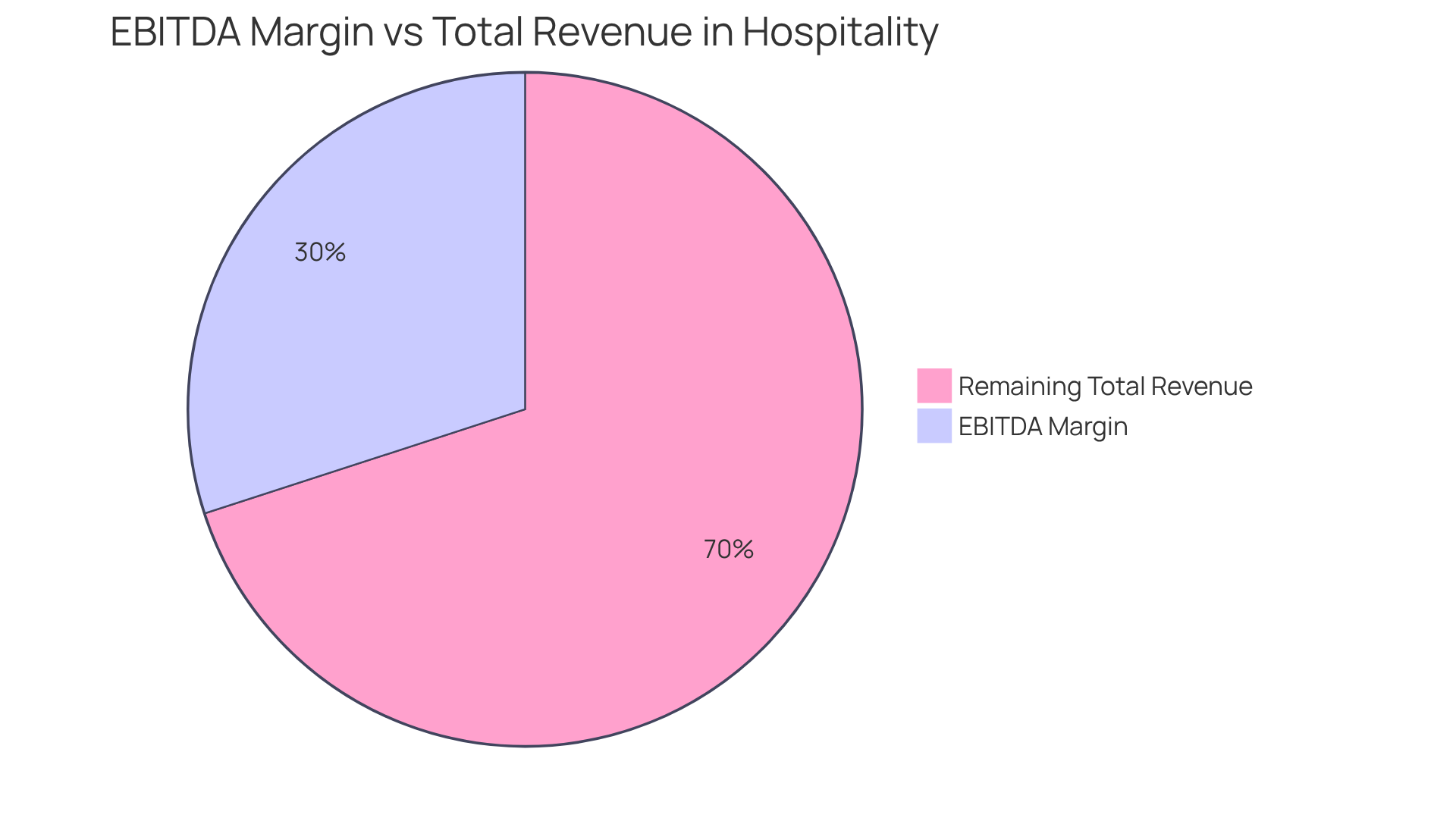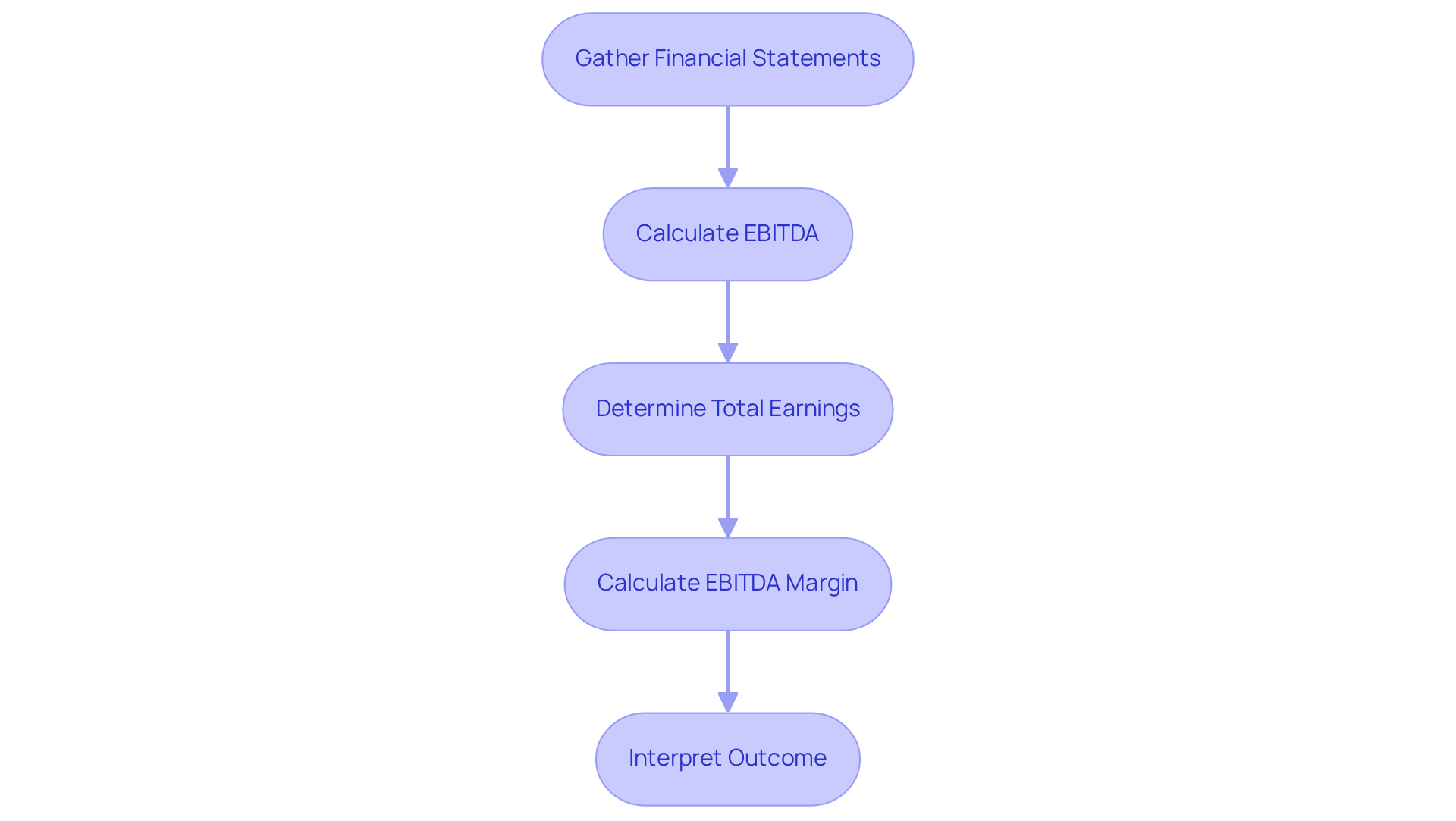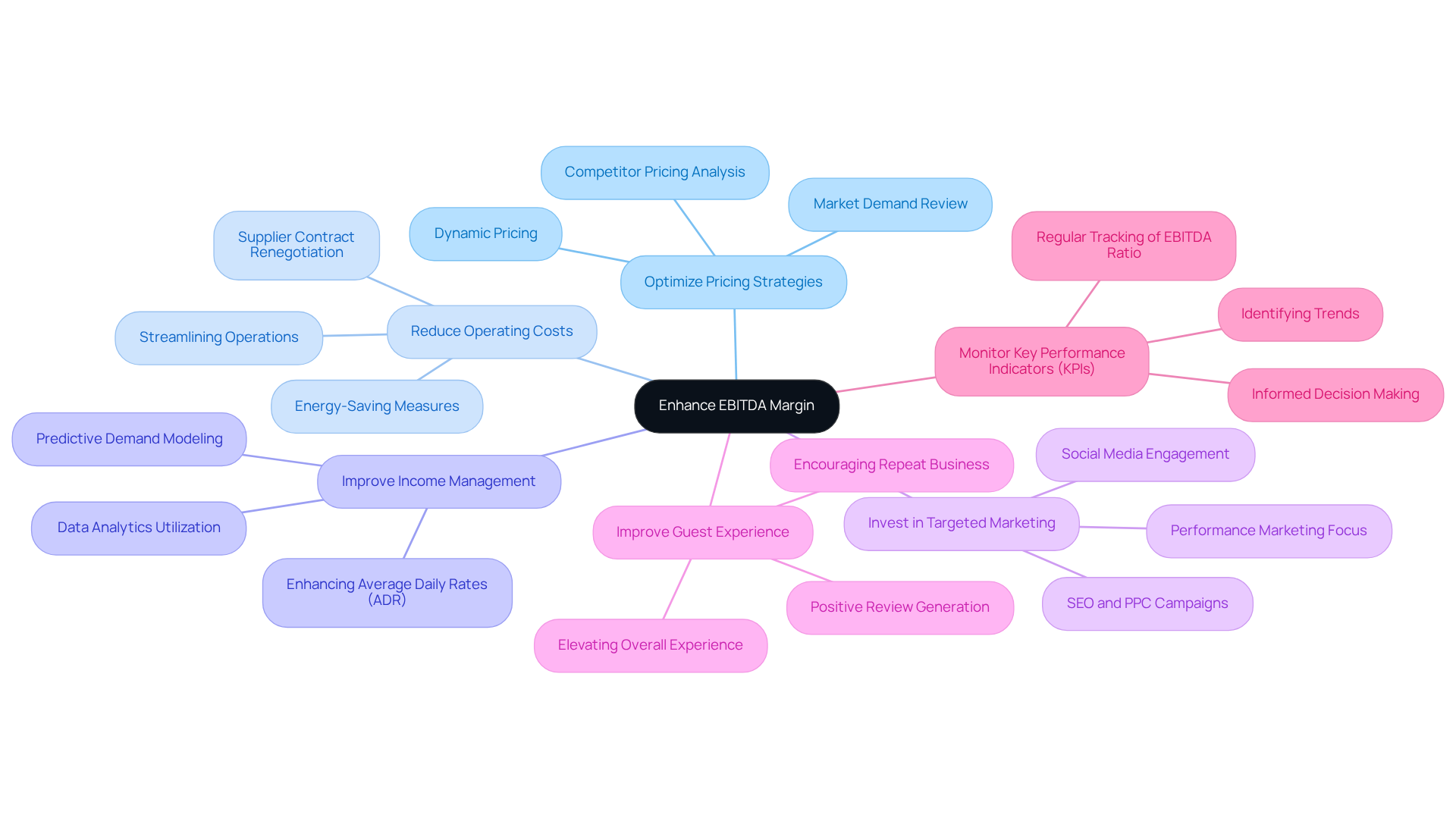This article delves into mastering the ebitdar margin, focusing on its calculation and strategies for enhancement within the hospitality sector. It presents a comprehensive, step-by-step guide for calculating the ebitdar margin, underscoring its significance for operational efficiency and profitability.
Furthermore, it outlines key strategies such as:
All aimed at improving this essential financial metric. By implementing these recommendations, hospitality professionals can elevate their financial performance and drive sustainable growth.
Understanding the ebitdar margin is crucial for hospitality businesses striving for financial success in a highly competitive industry. This key profitability metric not only sheds light on operational efficiency but also empowers hotel and restaurant owners to make informed decisions that can enhance their bottom line. However, many face the challenge of accurately calculating and interpreting this metric, leading to missed opportunities for improvement.
How can hospitality professionals effectively master their ebitdar margin to drive sustainable growth and attract investors?
The ebitdar margin stands as a pivotal profitability metric that evaluates a company's operating performance. This ratio is calculated by dividing EBITDA by total revenue, expressed as a percentage. In the hospitality sector, grasping this distinction is essential, as it provides valuable insights into operational efficiency and profitability. Such understanding empowers hotel and to make informed financial decisions. A rising ebitdar margin indicates enhanced operational performance, a key factor in attracting investors and ensuring long-term sustainability in a competitive landscape. By diligently tracking this metric, businesses can pinpoint areas ripe for improvement and effectively optimize their revenue management strategies.

Calculating your ebitdar margin is essential for understanding your financial performance. To begin, gather your financial statements, specifically your income statement and balance sheet for the relevant period.
Next, calculate EBITDA using the formula: EBITDA = Net Income + Interest + Taxes + Depreciation + Amortization. For instance, if your net income is $200,000, interest is $10,000, taxes are $30,000, depreciation is $20,000, and amortization is $5,000, your EBITDA would be calculated as follows:
EBITDA = $200,000 + $10,000 + $30,000 + $20,000 + $5,000 = $275,000.
Following this, determine your total earnings from the income statement. If your total income is $1,000,000, this figure will be used in the subsequent step. Now, calculate your ebitdar margin using the formula: ebitdar margin = (EBITDA / Total Revenue) x 100. Continuing with our example, the calculation for the ebitdar margin would be:
ebitdar margin = ($275,000 / $1,000,000) x 100 = 27.5%.
Finally, interpret the outcome. A 27.5% earnings before interest, taxes, depreciation, and amortization rate indicates that for every dollar of income, 27.5 cents is profit before accounting for interest, taxes, depreciation, and amortization. This figure can be compared to industry benchmarks, providing valuable insights into your performance.

To enhance your EBITDA margin, consider implementing the following strategies:
By employing these strategies, including focused marketing initiatives, you can strive to improve your ebitdar margin, similar to how Lights On has attained an impressive average year-over-year income growth of 47%. As Markus Schale, General Manager of Hotel Wailea, noted, the ability to exceed revenue expectations and improve brand visibility is crucial in today's competitive landscape.

Understanding and mastering the ebitdar margin is essential for hospitality businesses striving to enhance their financial performance. This metric serves as a critical indicator of operational efficiency, empowering hotel and restaurant owners to make informed decisions that drive profitability and attract investment. By calculating and analyzing the ebitdar margin, businesses can uncover valuable insights into their financial health and pinpoint opportunities for improvement.
This article provides a clear, step-by-step process for calculating the ebitdar margin, beginning with the necessary financial statements and culminating in the final interpretation of results. Key strategies for enhancing this margin include:
Each of these strategies plays a vital role in driving revenue and ensuring long-term sustainability in a competitive industry.
Ultimately, the significance of the ebitdar margin extends beyond mere numbers; it reflects the overall health and viability of hospitality establishments. By prioritizing the calculation and improvement of this metric, businesses can position themselves for success, adapt to market demands, and cultivate a loyal customer base. Embracing these strategies not only enhances profitability but also contributes to a thriving hospitality environment where both businesses and guests can flourish.
What is the EBITDA margin?
The EBITDA margin is a profitability metric that evaluates a company's operating performance by dividing EBITDA by total revenue, expressed as a percentage.
Why is understanding the EBITDA margin important in the hospitality sector?
Understanding the EBITDA margin is essential in the hospitality sector as it provides valuable insights into operational efficiency and profitability, helping hotel and restaurant owners make informed financial decisions.
What does a rising EBITDA margin indicate?
A rising EBITDA margin indicates enhanced operational performance, which is crucial for attracting investors and ensuring long-term sustainability in a competitive landscape.
How can tracking the EBITDA margin benefit businesses?
By diligently tracking the EBITDA margin, businesses can identify areas for improvement and optimize their revenue management strategies effectively.
Transform your group booking strategies with Lights On and watch your occupancy soar.